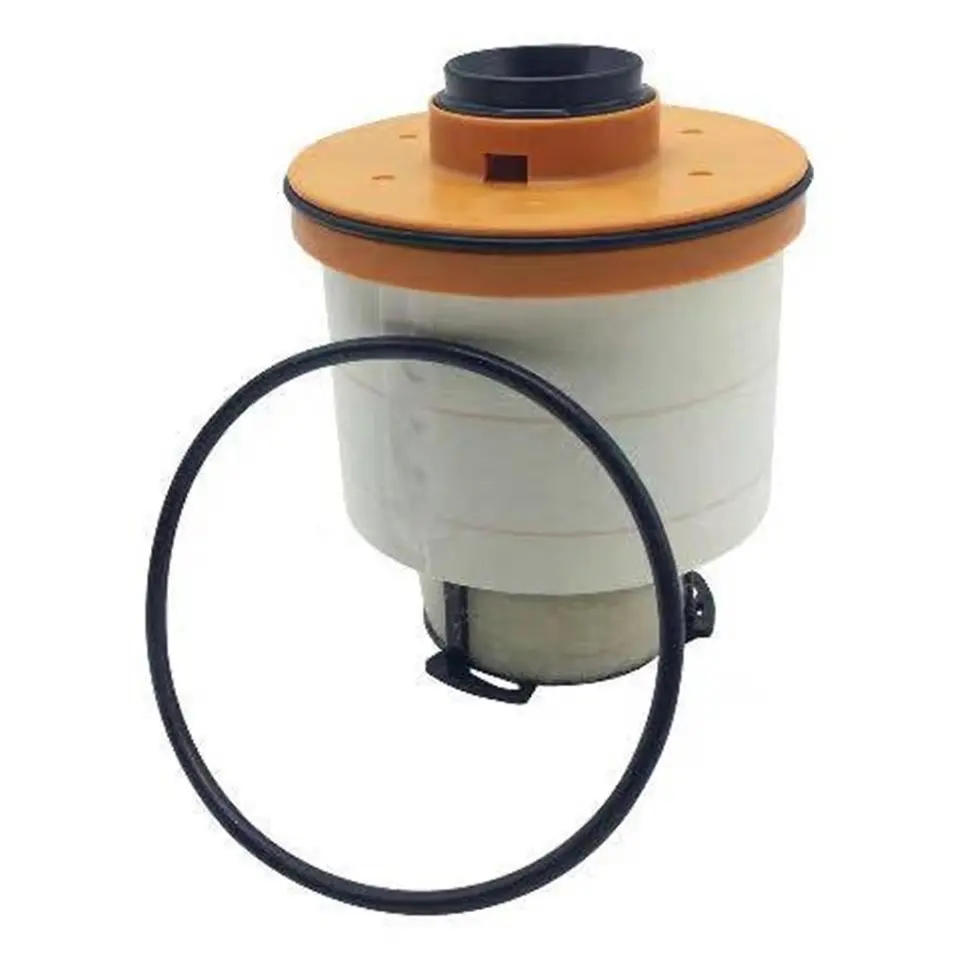Dec . 14, 2024 13:57 Back to list
Understanding the BMW Oil Filter Cap and Its Importance in Maintenance
Understanding the BMW Oil Filter Cap Importance, Maintenance, and Replacement
When it comes to maintaining the performance and longevity of your BMW, one crucial component that often goes overlooked is the oil filter cap. Although it might seem like a minor part, the oil filter cap plays a significant role in the overall functioning of your vehicle’s engine. In this article, we will delve into the importance of the BMW oil filter cap, tips for maintenance, and when to consider a replacement.
The Purpose of the Oil Filter Cap
The primary role of the oil filter cap is to securely cover the oil filter, which is crucial for the filtration of engine oil. The oil filter itself removes contaminants and impurities from the oil, preventing them from circulating within the engine. The oil filter cap ensures that the filter is sealed tightly, preventing any leaks that could lead to a decrease in oil pressure. In essence, a properly functioning oil filter cap is vital for maintaining optimal oil flow, which is necessary for lubrication, cooling, and overall engine performance.
Signs of a Faulty Oil Filter Cap
Despite its durability, the oil filter cap can wear down over time. Some signs that may indicate a problem with your oil filter cap include
1. Oil Leaks If you notice oil pooling on the ground or around the engine area, it may be due to a faulty oil filter cap. A leak can lead to a significant loss of oil, which can cause severe engine damage if not addressed promptly.
2. Low Oil Pressure Warning Light A drop in oil pressure can signal an issue with the oil filter or its cap. This warning light on your dashboard should never be ignored, as it can lead to engine failure if the problem persists.
Maintenance Tips
bmw oil filter cap

To keep your BMW’s oil filter cap functioning properly, regular maintenance is essential. Here are some tips to consider
1. Regular Oil Changes Following your manufacturer’s guidelines for oil change intervals will not only keep your engine clean but also give you the opportunity to inspect the oil filter cap.
2. Inspect the Cap During Oil Changes Each time you change the oil, take a moment to inspect the oil filter cap for signs of wear and tear, such as cracks or deformation.
3. Use Genuine BMW Parts When replacing your oil filter cap, always opt for genuine BMW parts. This ensures that you are using a product designed specifically for your vehicle, which guarantees a proper fit and performance.
When to Replace the Oil Filter Cap
If you notice any of the aforementioned symptoms, it may be time for a replacement. Additionally, if you are replacing the oil filter during an oil change, it’s wise to replace the oil filter cap as well, especially if it shows any signs of wear.
The replacement process is relatively straightforward. Make sure to consult your BMW’s owner manual for the specific procedure, as variations might exist between different models. Generally, it involves unscrewing the old cap, cleaning the area around the filter, and installing the new cap securely.
Conclusion
The BMW oil filter cap may be a small component, but it has a substantial impact on the engine's overall health. Regular maintenance and timely replacements will help ensure that your vehicle runs smoothly and efficiently. By understanding its importance and being vigilant about potential issues, you can prolong the life of your BMW and enjoy a trouble-free driving experience. Always prioritize quality parts and genuine replacements to safeguard your investment in this luxury vehicle.
-
Best Antiskid Tires: Unrivaled Grip & All-Weather Safety
NewsAug.22,2025
-
Reliable China Cabin Filter Supplier | Quality Car Filters
NewsAug.21,2025
-
High-Performance Automobile Air Filter | Carbon & Turbo Options
NewsAug.19,2025
-
Car Air Filter 17801-31090 17801-0P010 OEM Quality | QINGHE COUNTY ANNAITE AUTO PARTS CO.,LTD
NewsAug.18,2025
-
Car Air Filter 17801-31090-OEM Quality|QINGHE COUNTY ANNAITE AUTO PARTS CO.,LTD
NewsAug.18,2025
-
Glass Food Storage Container with Lid - High Borosilicate Glass | QINGHE
NewsAug.18,2025


